#luristan
Text
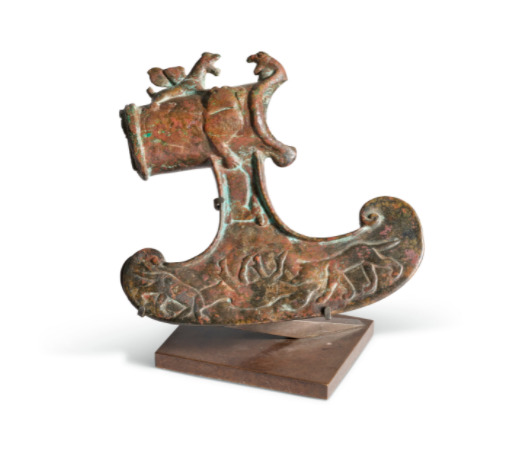
Bronze axe, Luristan, 8th-7th century BC
from Christies
76 notes
·
View notes
Photo
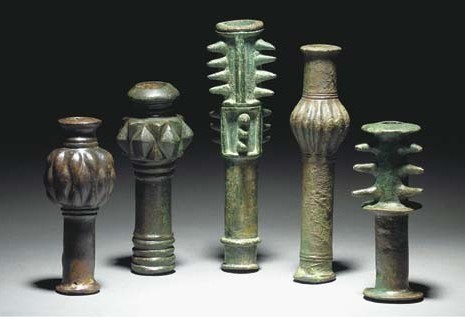
Mace Heads - bronze - Luristan (now Western Iran) - Late Bronze or Early Iron Age - c.2nd - Early 1st Millennium BCE
77 notes
·
View notes
Photo
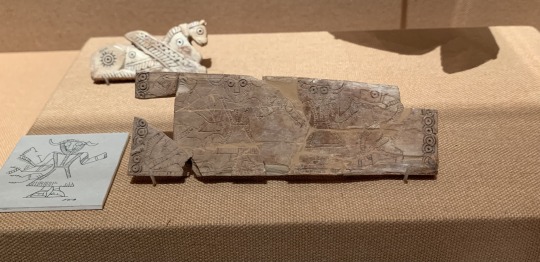
Ivory plaque depicting two bull-men
Surkh Dum, Luristan (Iran)
Iron Age III, ca. 800-600 BCE
Metropolitan Museum of Art, 43.102.31
23 notes
·
View notes
Text
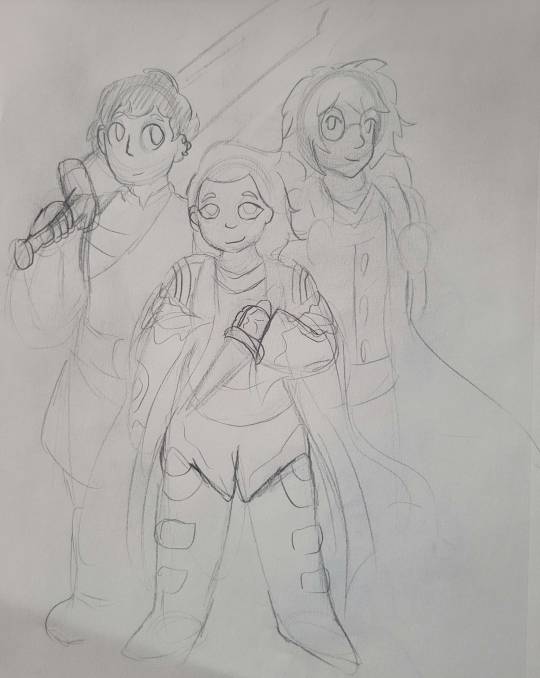
A villain's reicarnation, a hero's reincarnation, and just some fuckin' person who doesn't believe in that shit go on a journey...


it's SO funny by the way
#keiseri#luristan#zagros#the character names if i draw them more haha#cap's character is luristan#because fuck you that's why (pix and cap power hour)
1 note
·
View note
Photo
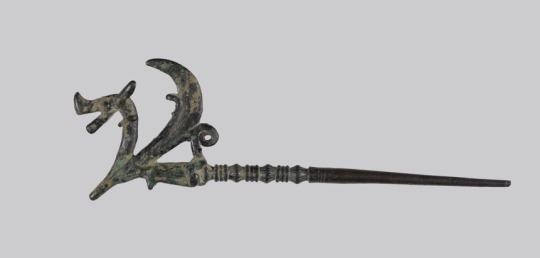
Pin with Winged Monster. Iranian / 8th-7th century BCE (Iron Age) / Bronze
1 note
·
View note
Photo

#伊朗文物 #洛雷斯坦文物#Luristan #翼鹿形#铜胸针 #公元前八世纪 #临展#攻金之工:亚欧大陆早期金属艺术与文明互鉴 #清华大学艺术博物馆 #海淀区(在 清华大学艺术博物馆) https://www.instagram.com/p/CpAbq1FvWmX/?igshid=NGJjMDIxMWI=
0 notes
Text

Kaiser’s Spotted Newt aka Luristan Newt (Neurergus kaiseri), family Salamandridae, endemic to the Zagros Mountains of Iran
ENDANGERED.
photograph by Richard Bartlett
297 notes
·
View notes
Text
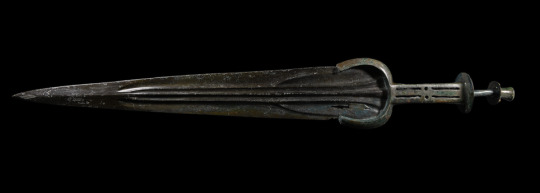
Bronze sword, Luristan, 8th-7th century BC
from Timeline Auctions
194 notes
·
View notes
Photo

Ibex equine rod holder
Near Eastern, Iranian, Luristan
Iron Age
th–4th century B.C.
90 notes
·
View notes
Text

Bronze quiver plaque, Luristan, 1000 - 650 BC
from The LA County Musuem of Art
166 notes
·
View notes
Text
Gold Headdress Ornament from Ancient Colchis (Georgia/South Caucasus) c. 350-300 BCE: this is a stunning example of Colchian goldsmithing, and it reflects a blend of cultural influences from both Europe and Asia

Ancient Colchis was located in what is now the nation of Georgia, nestled in the South Caucasus (modern-day Georgia can be seen on this map). It stood right on the boundary between the Eastern and Western worlds, with Europe on one side and Asia on the other; as a result, there are many Colchian (and Georgian) artifacts that combine the different styles and techniques of cultures from throughout Eastern Europe, the Mediterranean, the Middle East, and Central Eurasia.
From the Wine, Worship, and Sacrifice exhibition at NYU:
In technique and form, the piece is firmly rooted in local Colchian production. What makes the piece so fascinating, however, is its wide array of cultural influences.
Framed on three sides by rounded studs, the central area features a stylized stag and three smaller deer set around it––a motif also present in the gold work of the nomadic Scythians in the northwest. The piece’s openwork design recalls objects produced in Luristan in the southeast. Along the folded upper edge is a pair of outward-facing lions that, in composition, seem loosely related to Assyrian door guardians. Between them are three birds, a motif that occurs throughout ancient cultures, but which is particularly present in the goldwork at Vani.
The Colchians were also renowned for their talent as goldsmiths, and Colchis itself was famous as the place where Jason and the Argonauts were said to have acquired the Golden Fleece (according to the Greek Argonautica).
There are many incredible pieces of goldwork that have been unearthed from Colchian sites, but this has always been one of my favorites.

Sources & More Info:
Institute for the Study of the Ancient World: Wine, Worship, and Sacrifice
J. Paul Getty Museum: Golden Graves of Ancient Vani
J. Paul Getty Museum: About Colchis and Vani
World History: Portion of a Colchian Headdress
#archaeology#artifact#history#ancient history#colchis#georgia#caucasus#vani#goldsmithing#art#ancient greece#mythology#greek mythology#jason and the argonauts#golden fleece#sakartvelo#kolkheti#gold#crafting#scythian#stag#ancient art#jewelry#goldwork
14 notes
·
View notes
Text
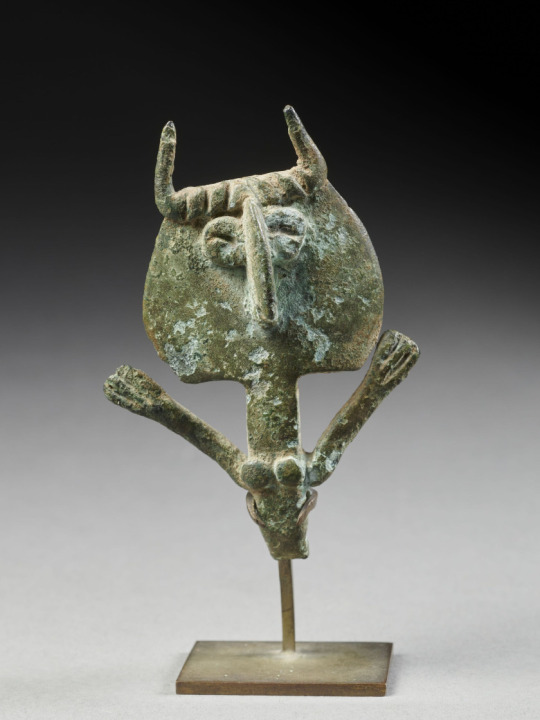
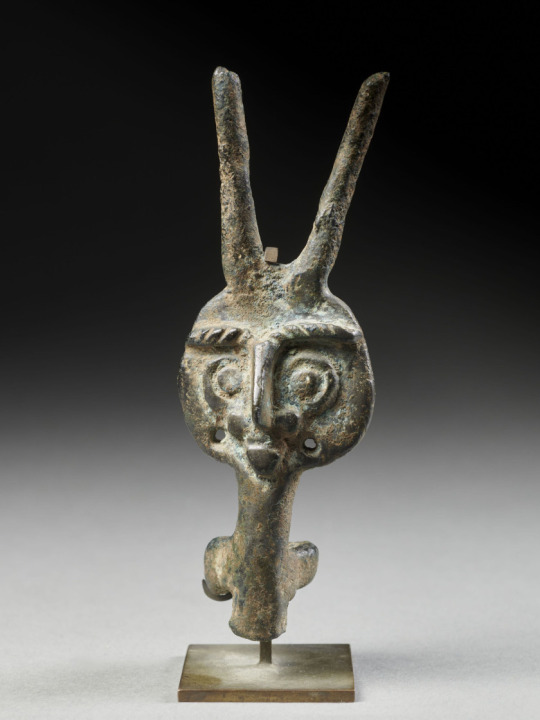
(L) FEMALE IDOL OF PIRAVEND IN BRONZE
Luristan, 9th-8th century BC
Female statuette standing, naked, arms raised, flat trapezoidal head with round eyes, long prominent nose, is crowned with two horns.
The lower body gap. Green patina.
(R) PIRAVEND MALE IDOL IN BRONZE
Luristan, 9th-8th century BC
Standing male statuette, stumped arms along the body, flat and circular head with round eyes, long prominent nose joining twisted eyebrows, crowned with two long horns. Equipped with a passer-by in the back.
The lower body gap. Green patina.
Artcurial
21 notes
·
View notes
Photo

Ancient Persian Luristan Bronze Age Short Sword - 1200 BC
41 notes
·
View notes
Note
I'm low-key losing it, do you have any idea what the abbreviation RIMI, by Christopher B.F. Walker 1981, might refer to? CDLI lists it as having the publications of a bunch of Middle Elamite stuff (such as this lovely iron ring) but all I can find is Walker 1981, Cuneiform Brick Inscriptions in the British Museum. I figured it might be some long-lost Iranian RIME spin-off but no hits for that. I've checked the AfO register and there's nothing. Any clue?
Hello! Sometimes an ask leads me on a deeper hunt than I ever expected.
I also couldn't find a reference for RIMI - but based on the pattern of other Royal Inscription of Mesopotamia projects (a series of publications from the University of Toronto), my best guess is that the I does stand for Iranian. Here's an Oracc article on the history and significance of royal inscriptions, with citations to several of the publications.
I ended up reaching out to the Museum of Fine Arts Boston, where the ring you linked is housed. After a couple calls referring me to different departments, I learned that RIMI is almost certainly a translation project in the RIM series that C.B.F. Walker never finished or published. I'm not sure why it's listed as 1981, since the MFA's records have "no date (of publication)". 1981 is also before the MFA acquired the ring in 1985, and they have no known translation work done on it since then - so it's possible the only person who's every translated the text on the ring is Walker himself.
They did refer me to one other reference about this ring, though, also from 1981 - Muscarella's article on Surkh Dum excavations in the Journal of Field Archaeology (JStor link, the ring section is p. 344). I can't tell exactly what ring in that article is referring to this particular one, but one is mentioned as having the inscription dingir-mesh (Sumerian for "they are gods" or "... are the gods"), which Muscarella says is "part of a prayer invoking the gods." On the rings, Muscarella cites Porada 1964 ("Nomads and Luristan Bronzes", which I can't find a link for, but you can find a description of her work in this 1989 Encyclopaedia Iranica article).
Circling back to Walker, he was a curator of Western Asiatic antiquities at the British Museum, so I reached out to them next. I learned that they don't keep contact info for retired staff members, and I don't know of another way to contact him (or even where he is now). Unfortunately this is a frequent issue I've encountered in Mesopotamian research - somebody works on things, doesn't end up publishing, and then retires or changes field, taking everything with them.
If there's an Elamite expert who might have any other leads, please let me know! (And special thanks to Paul at the MFA Boston library for your help in this search!)
12 notes
·
View notes
Photo
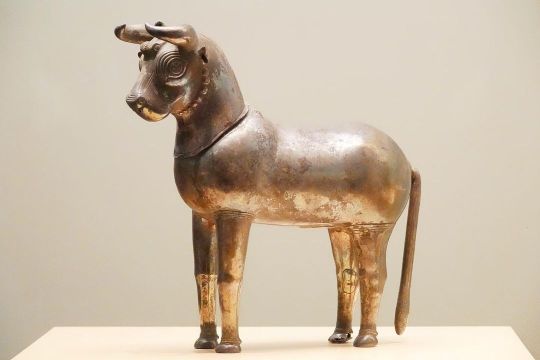
#伊朗文物 #洛雷斯坦文物#Luristan #羊纹#银牛 #公元前九世纪 #临展#攻金之工:亚欧大陆早期金属艺术与文明互鉴 #清华大学艺术博物馆 #海淀区(在 清华大学艺术博物馆) https://www.instagram.com/p/Coy1hdiPyd0/?igshid=NGJjMDIxMWI=
0 notes
Text


Sassanid helmet (6th-7th C. CE) & Luristan helmet (6th-9th C. BCE)
"The helmet housed at the Römisch Germanisches Museum in Mainz, Germany (Inv. O. 38823; Fig. 26) is dated to the late 6th-early 7th century CE. Discovered in Iran’s Amlash region, this helmet was built of bronze, silver and Iron. The Varanga “feather” (?) and/or “scale” pattern (?) is again evident as would be expected of late Sasanian helmets from the empire’s Western regions. The band enclosing the bottom area of the helmet is also decorated in the same Varanga/scale design. At the front of this area is a rectangle that has within it two vertical “sine wave” graphics. At the bottom edge of the rim can be seen punched holes, along with some cracks.
Unique in the case of this helmet is a crescent moon decoration like the one seen on Figure 25 cited previously. Atop the rectangle with the two “sine wave” designs on the helmet from Mainz is an upright crescent motif apparently based on a much earlier tradition; this is strikingly similar to the much more ancient 9th-7th century BCE one-piece domed bronze helmet (possibly Kassite in origin) excavated in Luristan (Fig. 26). At the back of the Luristan helmet is a repoussé hook and dot pattern, with a notched band of flecked triangles appearing along the border.38 The frontal decoration attached on this helmet consists of opposing mythological beast heads with a crescent ornament atop the figures. Interestingly, the Luristan helmet’s crescent motif appears in the same upright orientation as the Sasanian helmet suggesting a possible design motif spanning over 1000 years (Fig. 26)."
-Farrokh, K., Karamian, Gh., Kubic, A., & Oshterinani, M.T. (2017). An Examination of Parthian and Sasanian Military Helmets. In “Crowns, hats, turbans and helmets: Headgear in Iranian history volume I” (K. Maksymiuk & Gh. Karamian, Eds.), Siedlce University & Tehran Azad University, pp.121-163.
19 notes
·
View notes